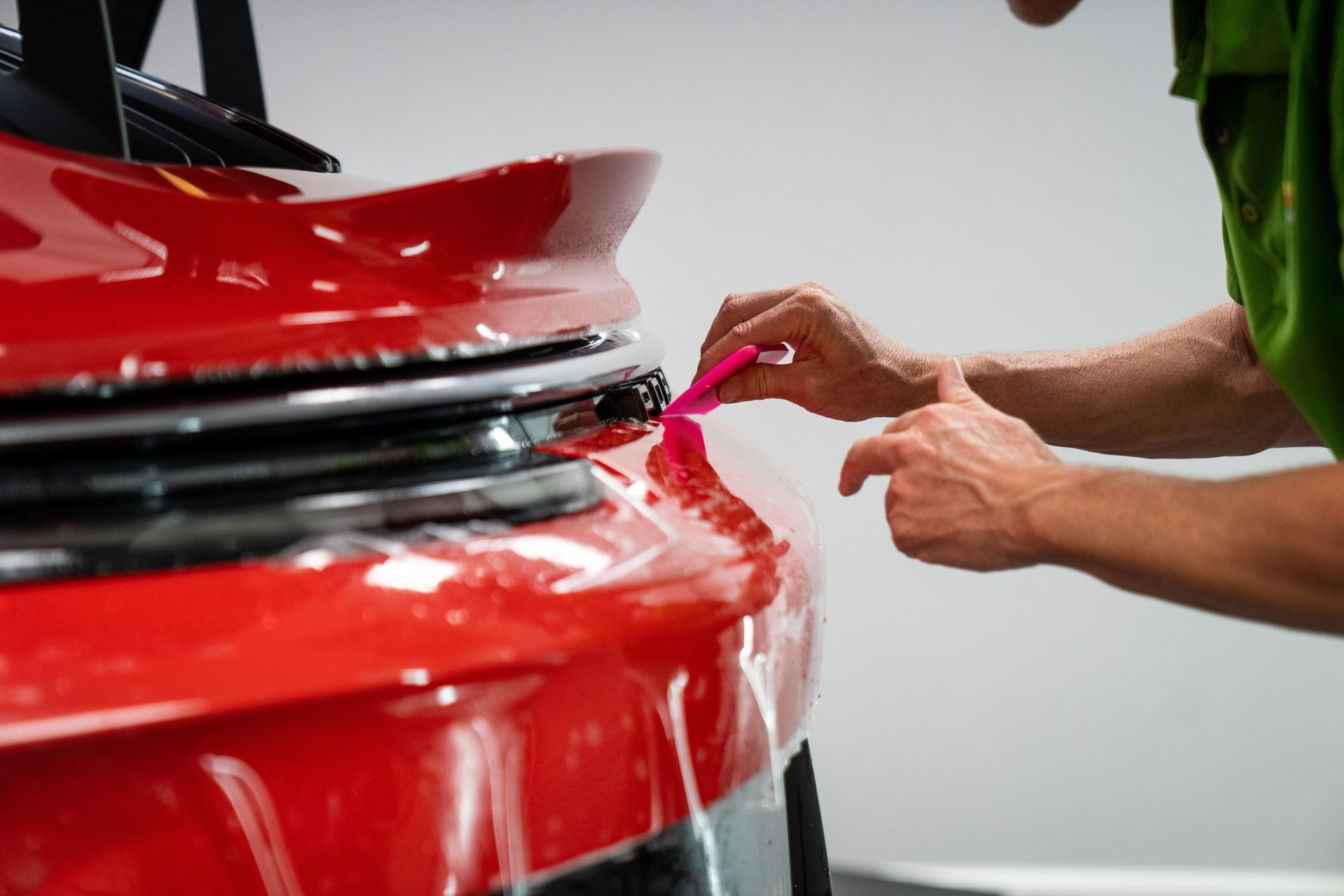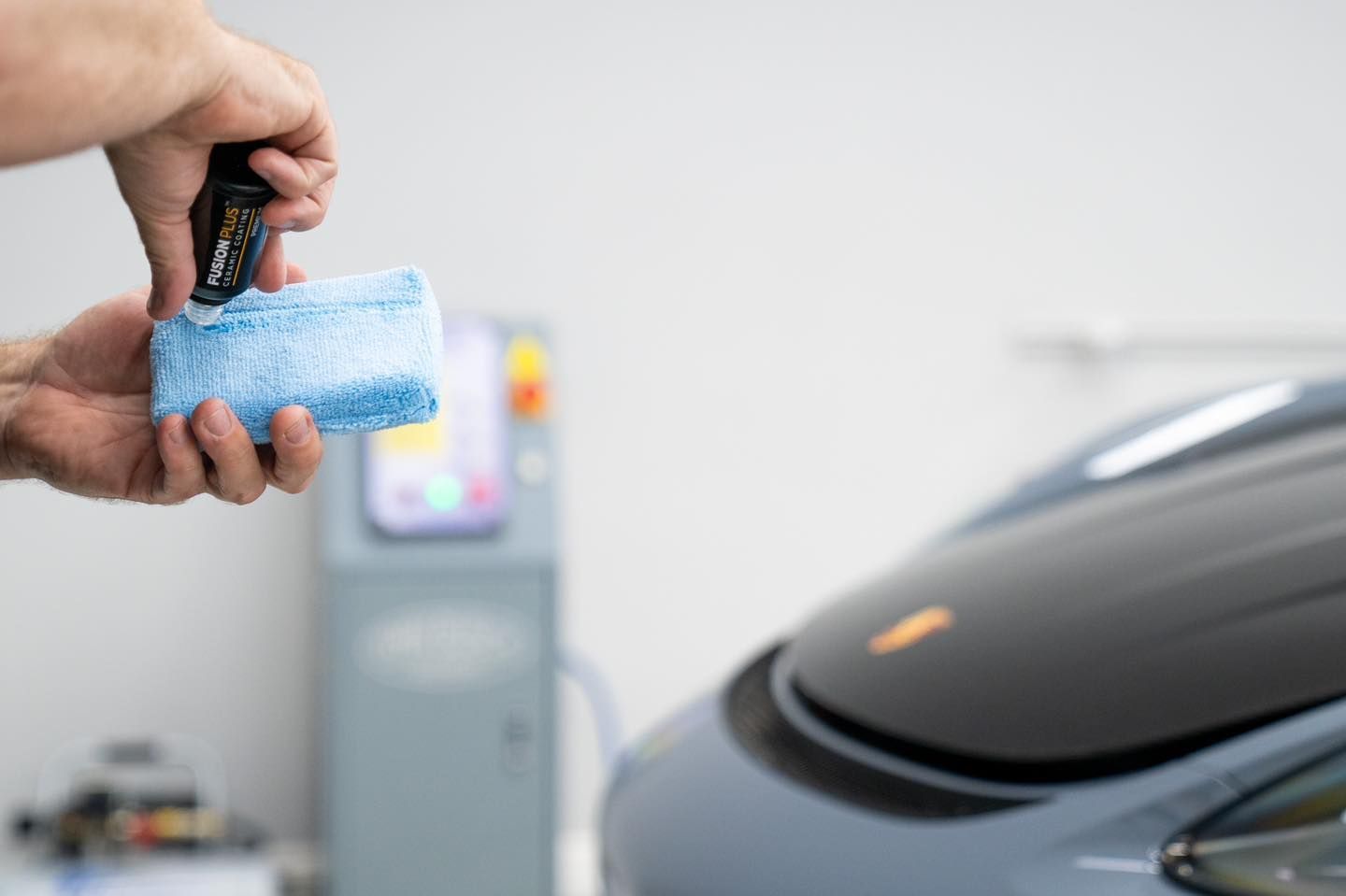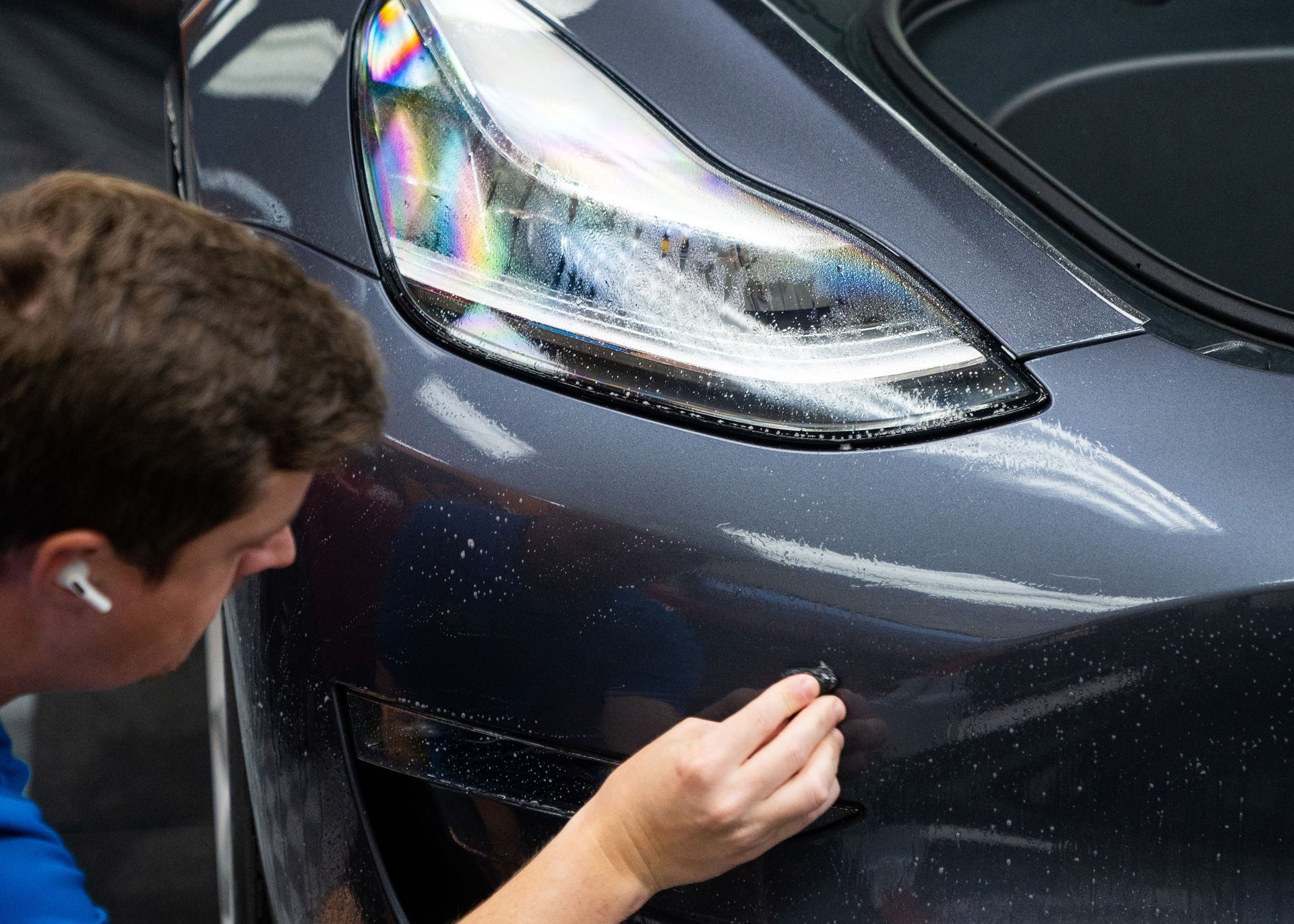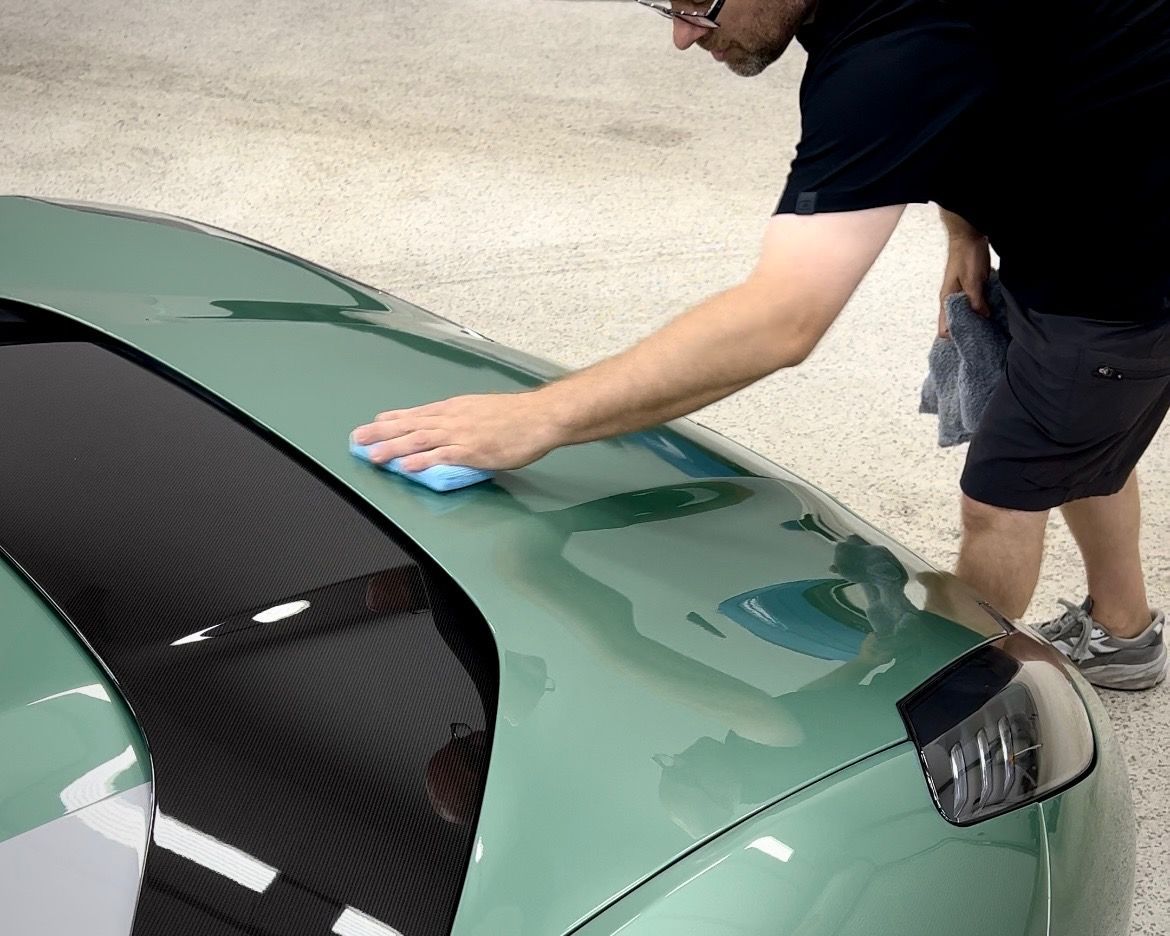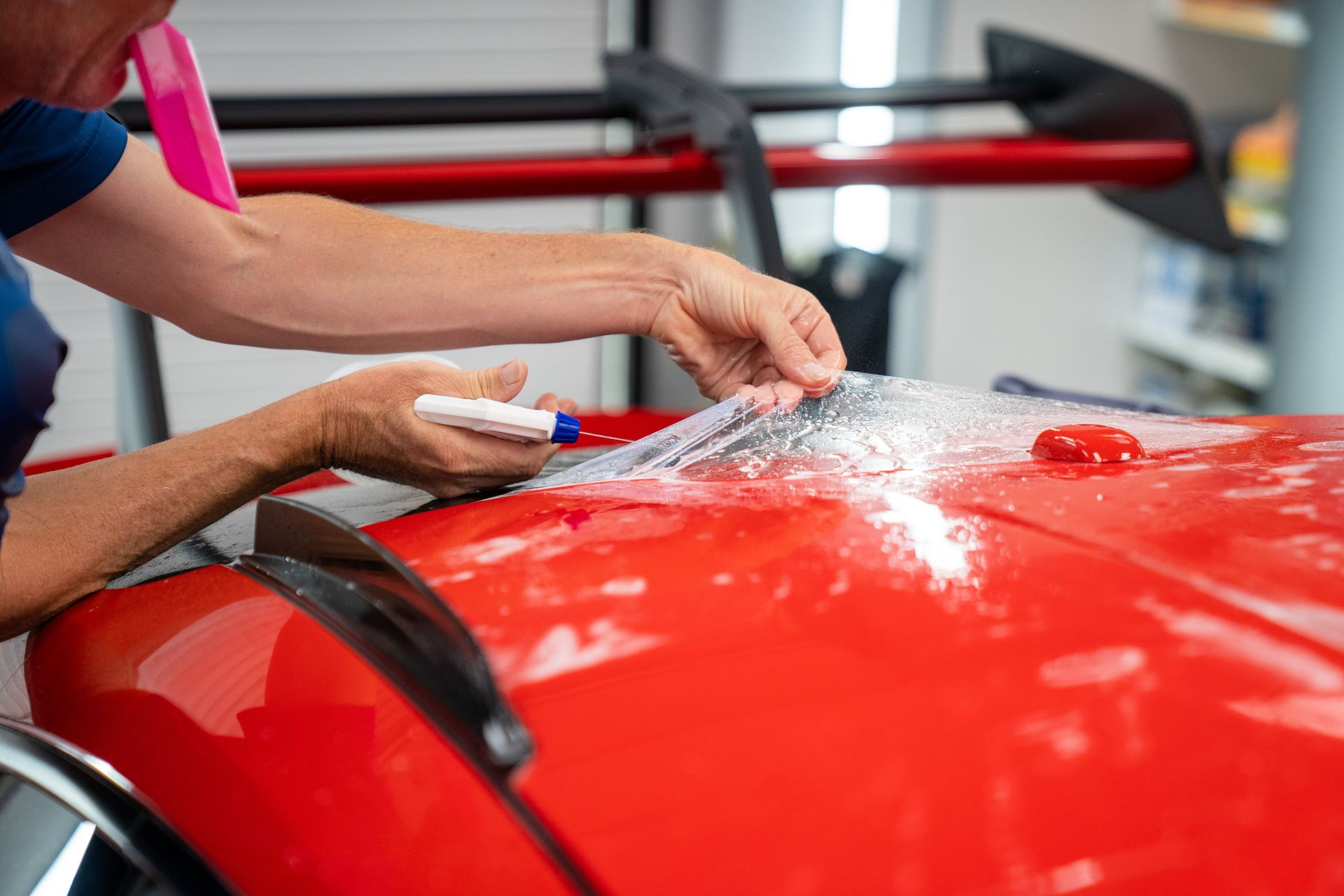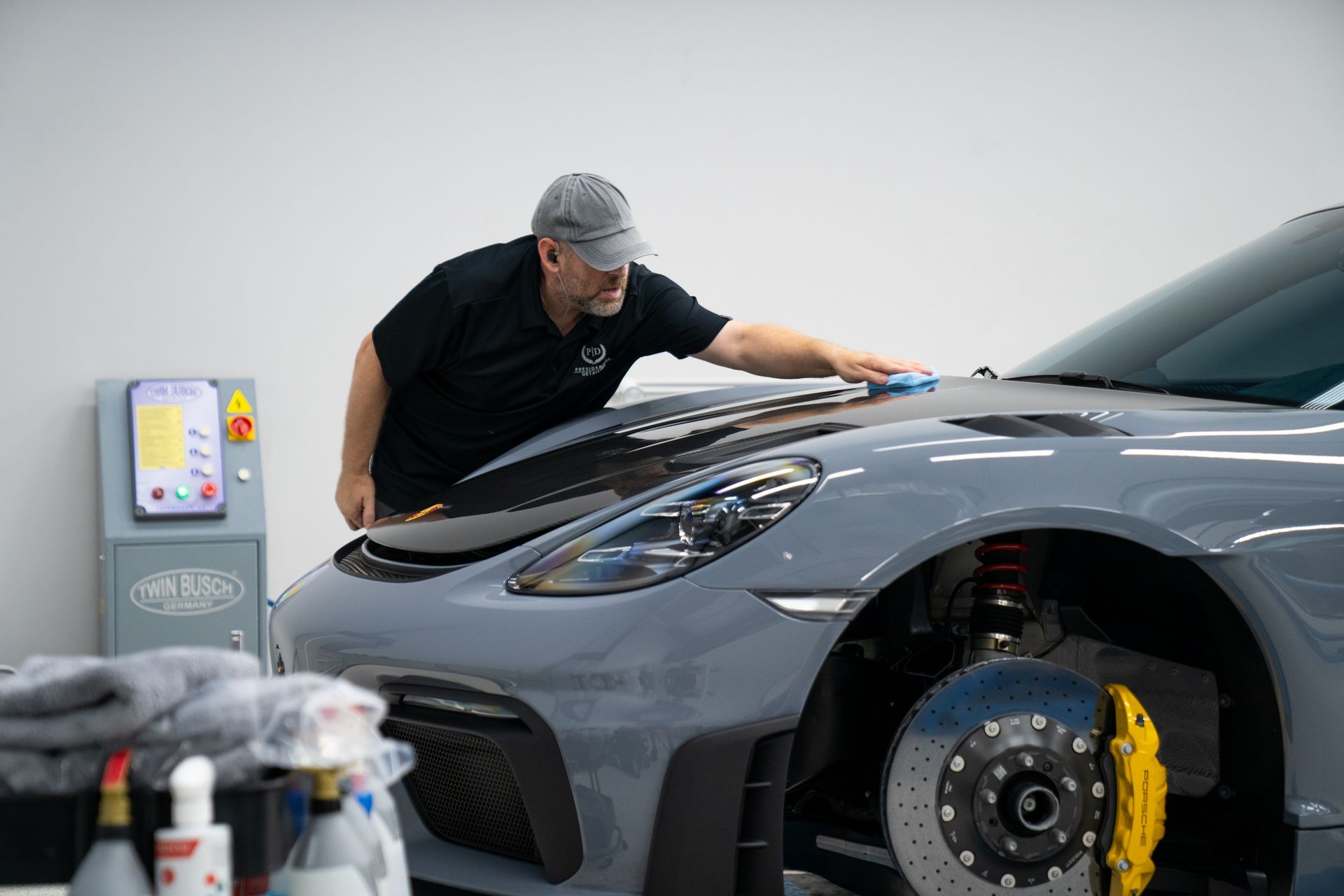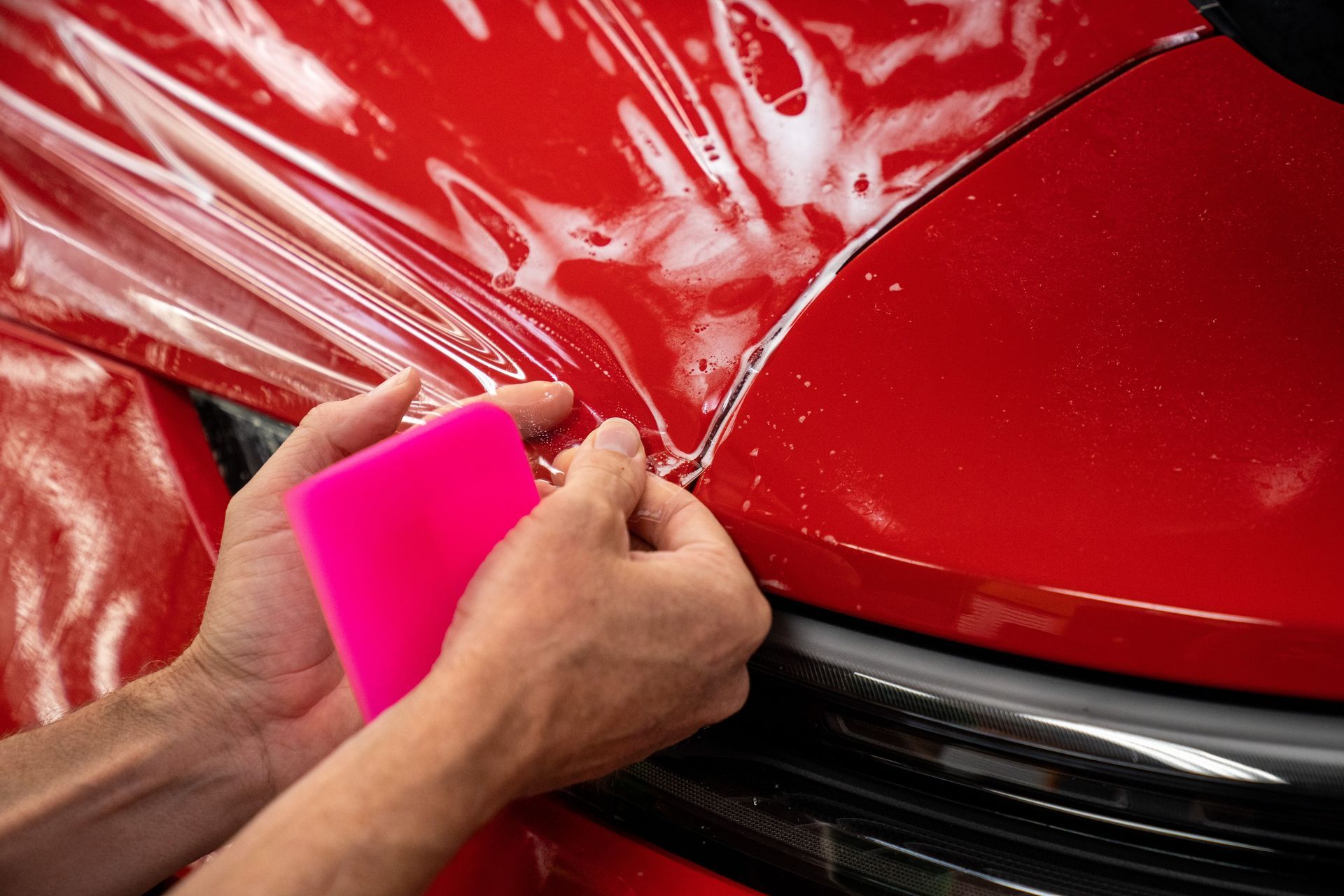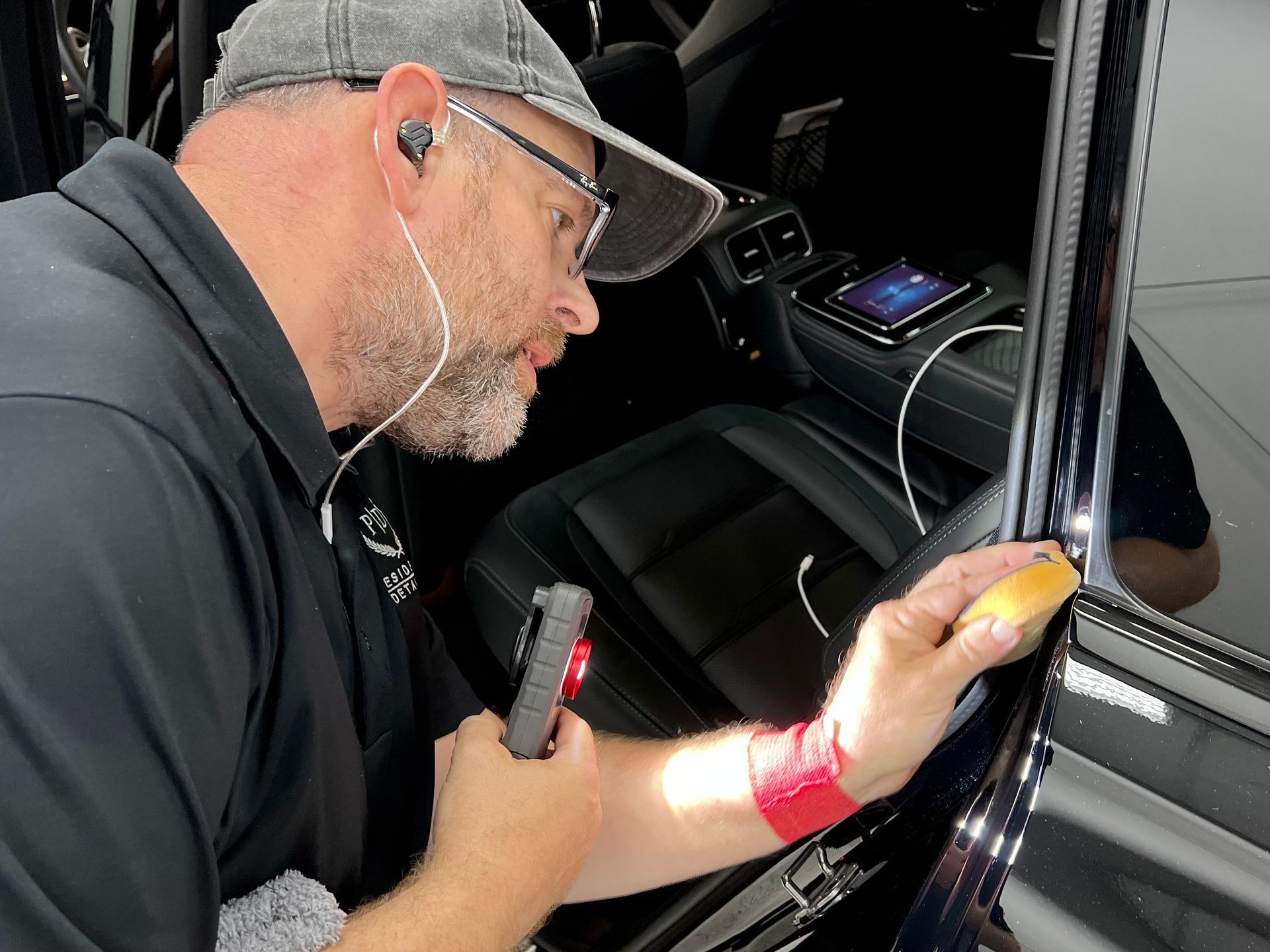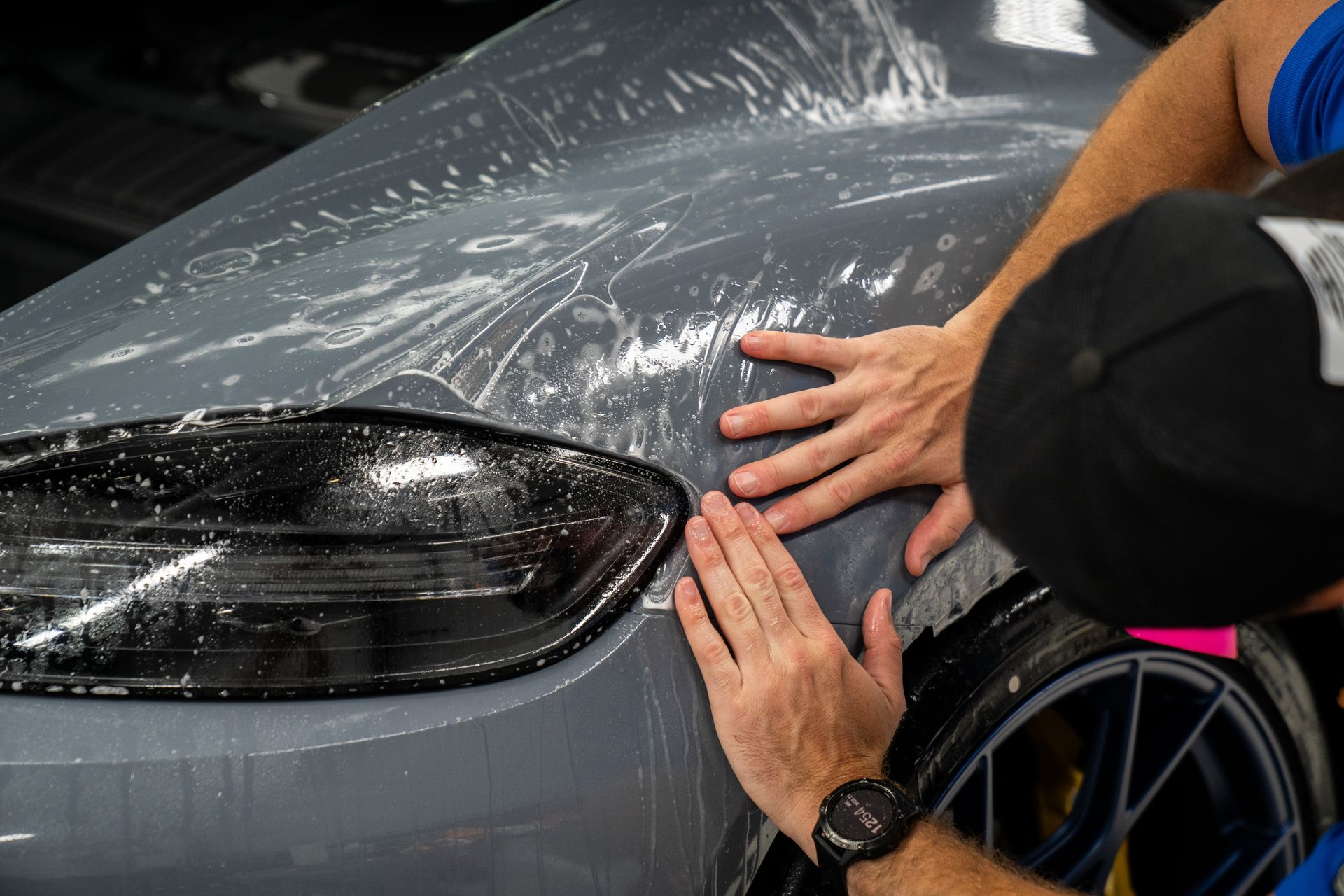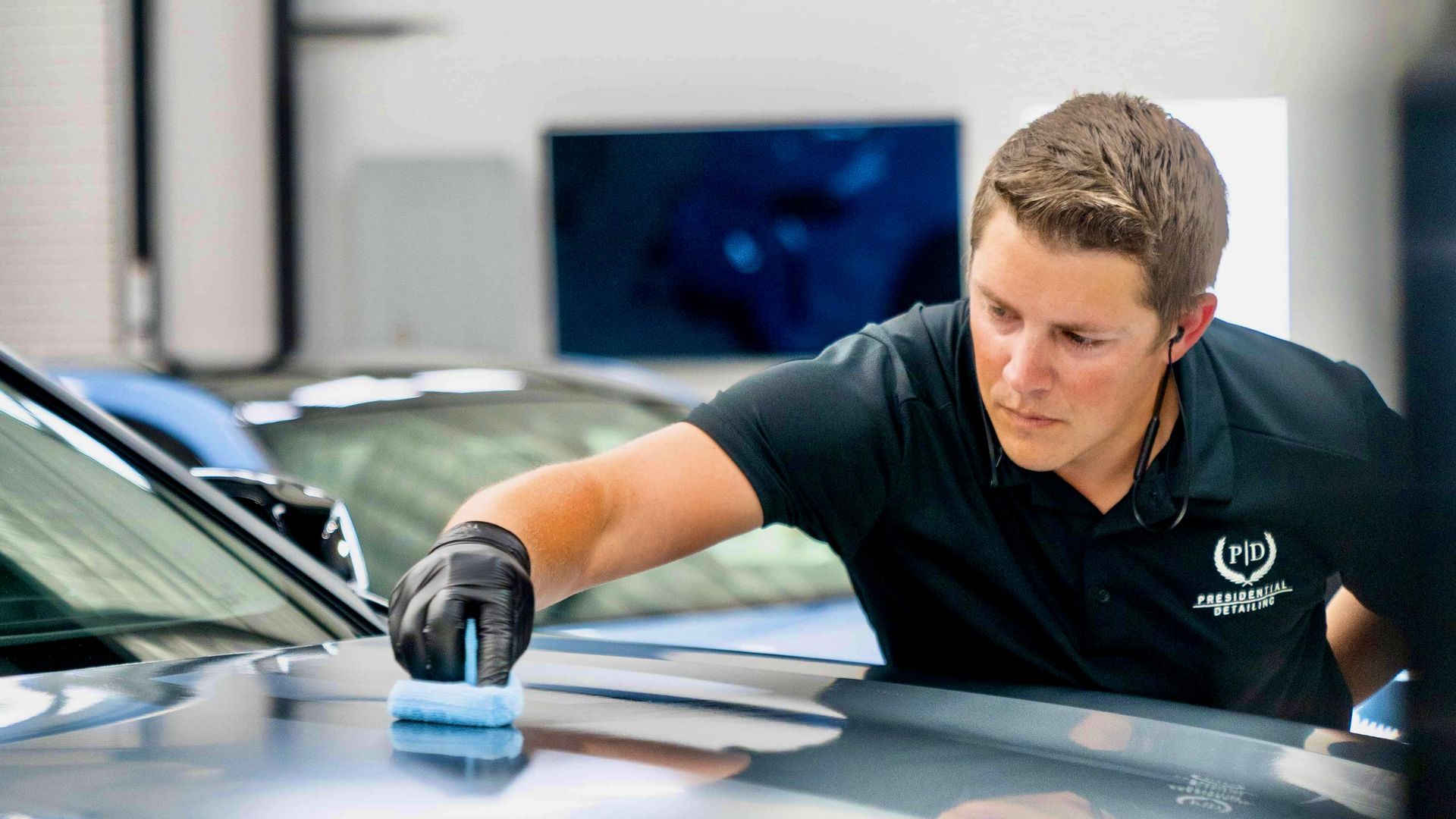Paint Correction: How to Get Rid of Swirl Marks and Scratches
CALL (813) 723-9679
GET A FREE ESTIMATEHas your vehicle's sheen lost its luster, succumbing to the wrath of stubborn swirl marks and pesky scratches? Welcome to 2024, where advancements in car care technology offer comprehensive solutions. Today we strip back the complexity of paint correction, empowering you with practical strategies to reinstate your car’s lost glory. Get ready for a transformation journey that will turn your wayward car finish into a jaw-dropping masterpiece on wheels, as this comprehensive article provides an authoritative guide on how an expert paint correction service restores your vehicle's paintwork.
Understanding Swirl Marks and Scratches
Every car owner dreams of a flawlessly smooth and glossy paint finish that reflects the surrounding environment like a mirror. However, swirling marks and scratches can quickly ruin that dream. But what exactly are swirl marks and scratches? Swirl marks are circular patterns that appear on the paintwork's surface as a result of improper or aggressive washing methods, the use of dirty towels or sponges, or even the friction of dust particles against the paint. These fine lines disrupt the smoothness and reflectivity of the paint, giving it a hazy or cloudy appearance.
On the other hand, scratches refer to physical harm to the paint from sharp objects, brushes, branches, or even unintentional contact with other surfaces. They can vary in depth, from superficial surface marring to deeper cuts that expose the underlying layers. Understanding the differences between these two types of imperfections is crucial when it comes to addressing them effectively through paint correction techniques.
SWIRL MARKS VS. SCRATCHES
Swirl marks and scratches may both diminish the overall aesthetics of your vehicle's paintwork, but they have distinct characteristics.
Swirl marks tend to be more noticeable under bright lighting conditions, such as direct sunlight or strong artificial light. Due to the circular patterns made by swirl marks, light that strikes the surface scatters and reflects unevenly. This results in reduced clarity and depth in reflections, making your vehicle's finish look dull and lackluster. In contrast, scratches are usually more visible at all times, regardless of lighting conditions. Their appearance can vary depending on their depth and severity. Shallower scratches may only catch light at certain angles or may be barely noticeable unless closely inspected. Deeper scratches can create grooves that cast shadows and break up reflections more prominently.
Differentiating between swirl marks and scratches is essential because the correction methods and products used to address each issue are distinct. While minor swirl marks can often be effectively removed with specific polishes and techniques, deeper scratches may require more intensive approaches like wet sanding or touch-up paint.
Identifying Paintwork Damages
Before diving into the process of paint correction, it is crucial to identify the specific damages present on your vehicle's paintwork. By understanding the type and severity of imperfections, you can plan an appropriate course of action for achieving that flawless finish. Inspecting your car's paint carefully under good lighting conditions is key. Look out for common issues such as swirl marks, fine scratches, bird dropping etching, hologramming, and random isolated deep scratches (RIDS). These imperfections can detract from the overall appearance of your vehicle and require attention through paint correction techniques.
Tools and Products for Paint Correction
When it comes to paint correction, having the right tools and products is essential. Here are some key items that can make your paint correction process more efficient and effective:
- Dual Action Polisher: This versatile tool is a must-have for any paint correction enthusiast. It combines rotary and random orbital movements to safely remove swirl marks and scratches from the surface of your car's paint.
- Foam Pads: Different foam pads are available for various stages of paint correction, such as compounding, polishing, and finishing. These pads help evenly distribute polishing compounds and provide a smooth application.
- Compounds and polishes: Choose compounds and polishes that are specifically designed for paint correction. Look for products that offer varying levels of abrasiveness to address different types of imperfections on the paint surface.
- Microfiber Towels: High-quality microfiber towels are essential for removing residue, excess polish, or compound during the correction process without scratching the paint. They also help achieve a smooth, glossy finish.
- Paint Thickness Gauge: This tool allows you to measure the thickness of the paint on different areas of your vehicle, helping you determine how much material you have to work with during correction.
Remember, investing in quality tools and products will not only yield better results but also help protect your car's paint during the correction process. If you are unfamiliar with the paint correction process or do not have the necessary tools to execute a successful paint correction project, it is better to contact a paint correction professional in Sarasota who is experienced in bringing back the shine of your car.
Ensuring Longevity of Paint Correction
After investing time and effort into achieving a flawless finish through a professional paint correction, it's crucial to take steps to maintain its quality over time. Here are some tips to ensure the longevity of your paint correction:
- Regular Washing: Keep your car clean by washing it regularly using a pH-balanced car shampoo. Avoid harsh detergents or abrasive brushes that can damage the corrected paint.
- Use Quality Protection Products: Apply a high-quality wax, sealant, or ceramic coating to protect the corrected paint surface. These products provide an additional layer of defense against UV rays, pollutants, and contaminants.
- Avoid Automatic Car Washes: Handwashing is preferable to automatic car washes as they can introduce swirl marks and scratches back onto your corrected paint.
- Use Microfiber Towels for Drying: When drying your vehicle after washing, use soft microfiber towels to minimize the risk of introducing new imperfections.
- Park in the Shade: Whenever possible, park your car in shaded areas or use a car cover to protect it from direct sunlight. Prolonged exposure to the sun's rays can cause fading and degrade the correction work over time.
By following these maintenance practices, you can extend the lifespan of your paint correction efforts and enjoy a flawless finish for years to come.
Avail a professional paint correction service for your vehicle in Sarasota, FL!
Are imperfections like swirl marks, scratches, or dull paint robbing your vehicle of its showroom shine? Reclaim the luster and brilliance of your car's exterior with Presidential Automotive Detailing's professional paint correction service in Sarasota, FL. Leveraging advanced techniques and expertise, our skilled technicians meticulously restore your vehicle's paintwork to its original, flawless state, unveiling a finish that's nothing short of breathtaking. Don't let minor blemishes diminish your vehicle's appeal; trust the experts at Presidential Automotive Detailing to rejuvenate and enhance its aesthetic allure. Take the first step towards a revitalized appearance for your cherished ride—schedule your paint correction service today and experience unparalleled excellence. Your vehicle deserves presidential treatment; give it the care it deserves!
